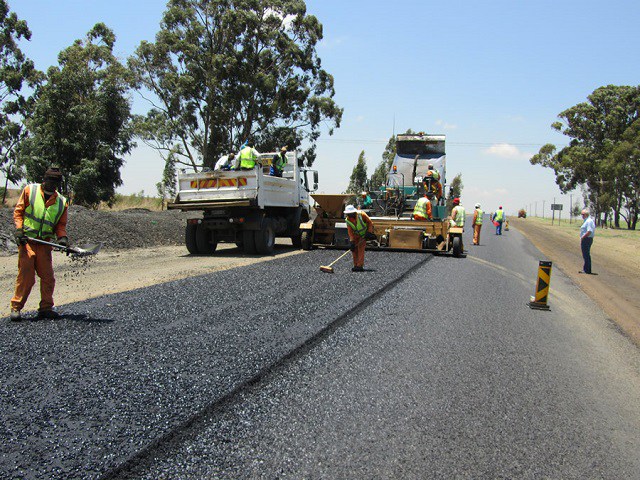$400m for urban road rehab
Work has already started on repairing urban roads under the Government’s Emergency Road Rehabilitation Programme (ERRP), set up after the MDC-run urban councils had failed, spending much time on politicking and corruption, with teams now on Harare’s Ardbennie Road.
A case of failed urban councils is Harare where serious ineptitude, neglect and misplaced priorities by the city fathers resulted in the local authority only managing to rehabilitate a paltry 1,1km last year against its own set target of 120km.
In an interview yesterday, Transport and Infrastructural Development Secretary Engineer Thedious Chinyanga, said the ERRP was already underway across the country.
“An equivalent of US$400 million has been set aside for the project earmarked for three years. This is a national programme which is already underway.”
Government has since mandated the Department of Roads to take over 500km of roads from urban councils.
In Harare, Ardbennie Road that cuts across Sunningdale suburb from Seke Road down to Mbare is currently undergoing rehabilitation.
Besides the emergency urban repairs the department is looking at national highways and rural roads.
According to the timelines set for this year, 840km of roads across the country will be rehabilitated and reconstructed, while 8 340km will be re-gravelled with 17 093km of road network set to be regraded. The Government will reseal 1 290km of roads, reconstruct 427 drainage structures and work on 24 830km of erosion works and drains across the country.
Under the Infrastructure, Utilities and Digital Economy cluster, Zimbabwe’s economic blueprint, the National Development Strategy (NDS 1) prioritises completion of road rehabilitation projects.
NDS 1 notes that “a road can become an economy” and in this regard, focus will be on development of feeder roads into communities as a way of developing underdeveloped remote areas.
Part of the NDS1 document reads: “Given the strategic importance of the road network in enhancing accessibility as well as promoting domestic and regional trade as a key transport corridor, the priority is to ensure that the assets are rehabilitated and preserved.
“Of the total estimated 84 000 km of road network, equivalent to 93 percent of the network is in fair or poor condition and in need of rehabilitation or periodic maintenance.”
The ERRP comes at a time Harare City Council has mulled plans to introduce a roads levy a move which residents are vehemently rejecting.
In a statement, the Combined Harare Residents Association called residents to resist machinations of the introduction of a roads levy asserting that any form of introducing a road tax or levy in Harare is double taxation.
CHRA said residents expect councillors to make rationalised decisions and embark on broader consultation on this pertinent matter.
City spokesperson Mr Michael Chideme however, insisted that the mulled road levy was necessary.
“The funds from the road levy will be directed towards road rehabilitation and reconstruction. We are not getting enough from Zinara hence the decision to propose a ring-fenced road levy.
“Once the road levy becomes operational there will be smiles all over Harare as the roads will be trafficable.
“This year we requested $2,4 billion from Zinara, but we are only getting $500 million which will not be enough for the works to be done,” he said.-herald.co.ze








